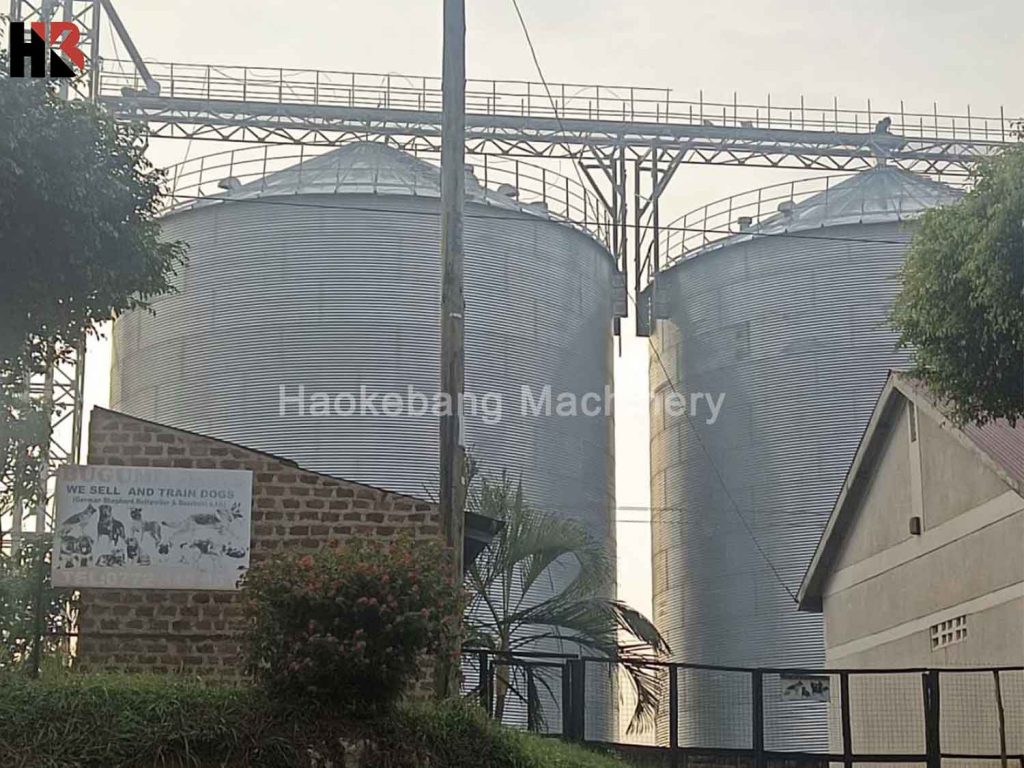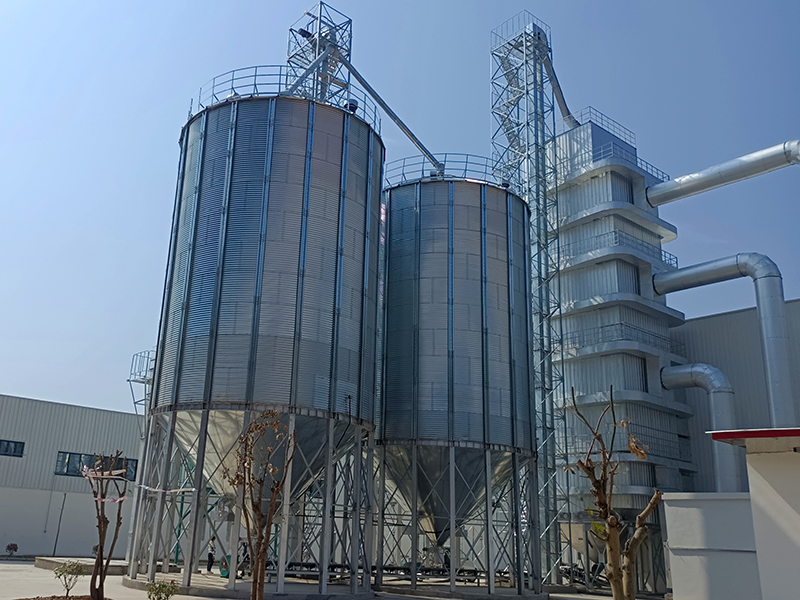Wheat silo, essential to agriculture, ensure the preservation of wheat, a global staple.
This article will explore why silo are essential, how to choose silo based on our food storage needs, and the benefits of choosing silo.
I believe that after reading this article, you will understand why it is necessary to choose wheat silo when storing wheat.

Firstly, silo master space efficiency.
Their vertical design enables dense storage in a compact area. Consequently, this design is ideal for land-constrained farms, where maximizing space usage is crucial.
Moreover, silo provides a protective shield. Their airtight construction keeps wheat safe from weather and pests. Essentially, they offer a secure environment, maintaining the grain's integrity and quality.
While the upfront cost of a silo might seem steep, think long term. With minimal maintenance and a long lifespan, silos are an economical choice. They're like the slow cooker of grain storage: they may take longer to pay off, but they deliver results.
Furthermore, silo facilitates real-time monitoring of grain conditions, with associated equipment efficiently ensuring the quality of the stored grain.
Additionally, the silo prioritizes safety protection.
They are engineered to endure harsh weather conditions, safeguarding the stored wheat.
This resilience provides a sense of security that traditional storage methods can't match.

In conclusion, wheat silo serves beyond mere storage facilities; they represent strategic assets.
They economize space, protect the wheat, and ensure long-term financial benefits.
Ultimately, for the safeguarding of your wheat, the decision is evident: choose the silo. It emerges as an intelligent, secure, and effective storage strategy.
If you have a need to store wheat, then wheat silo is definitely an essential choice for you.